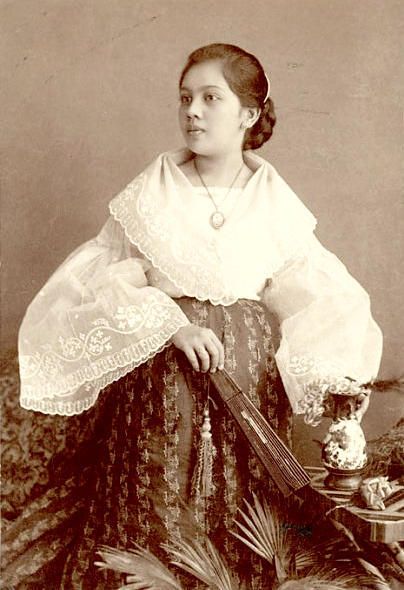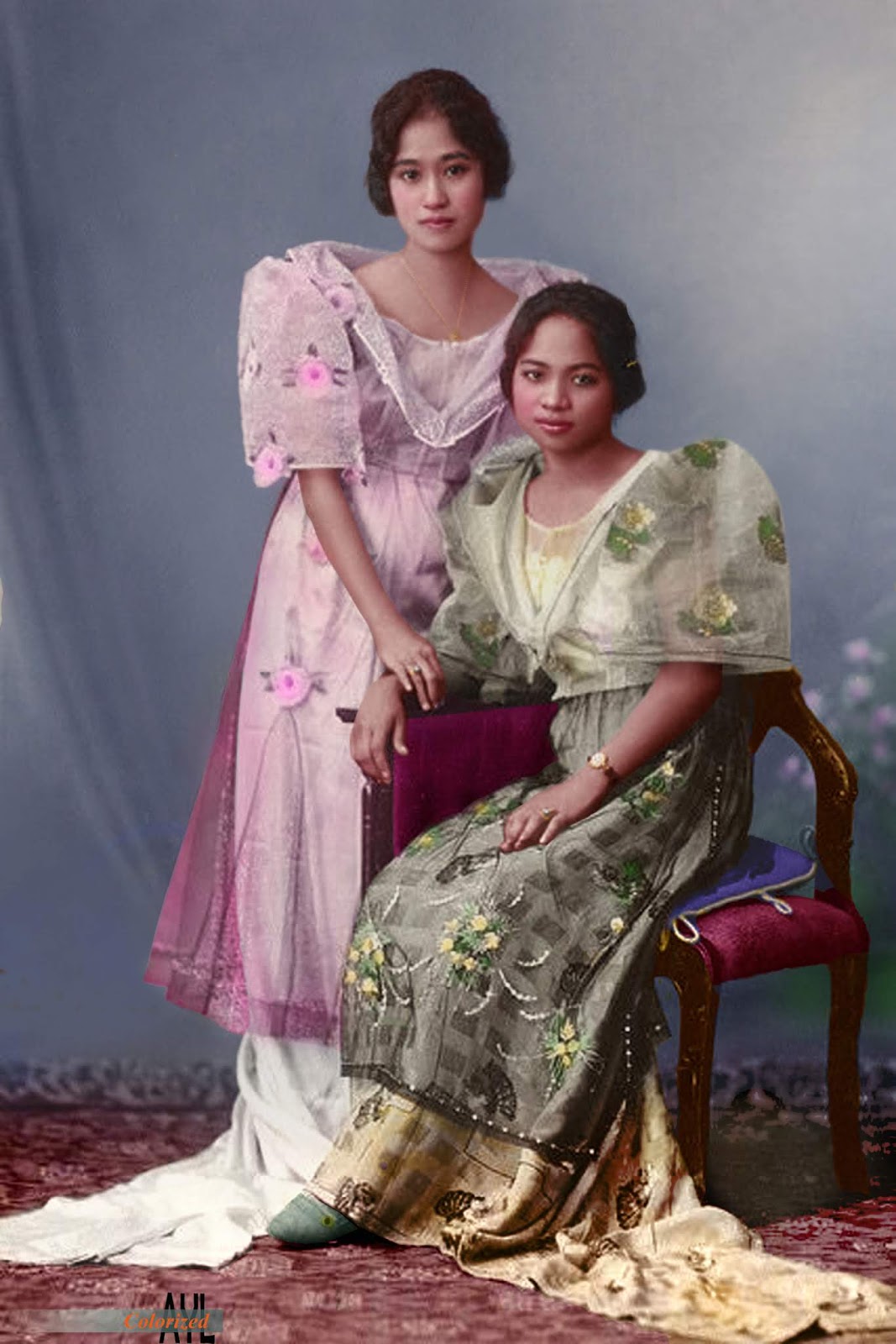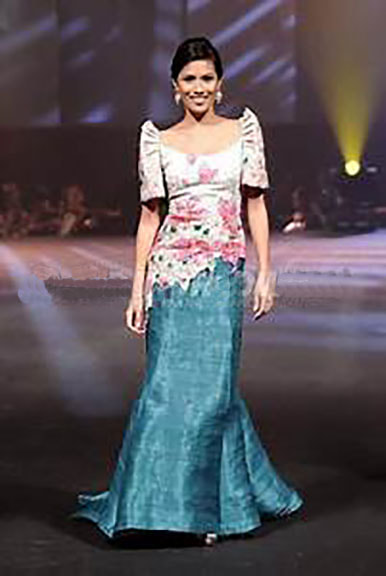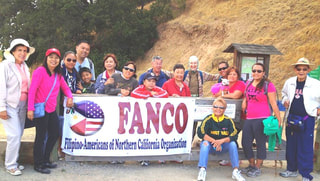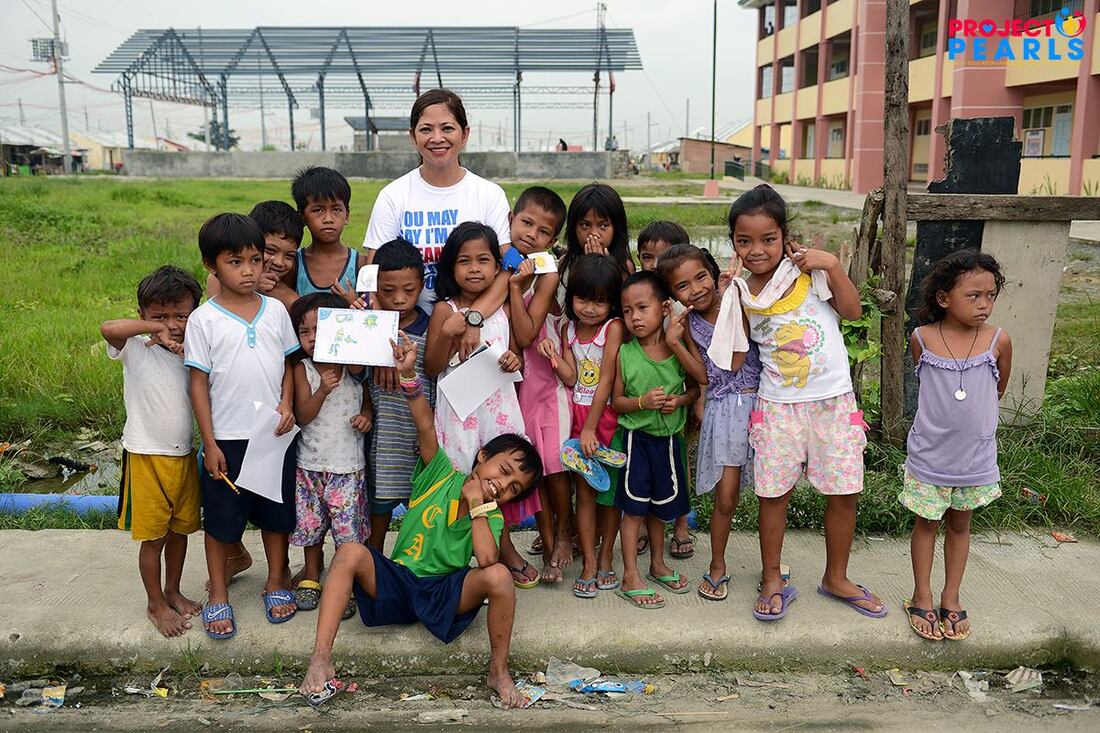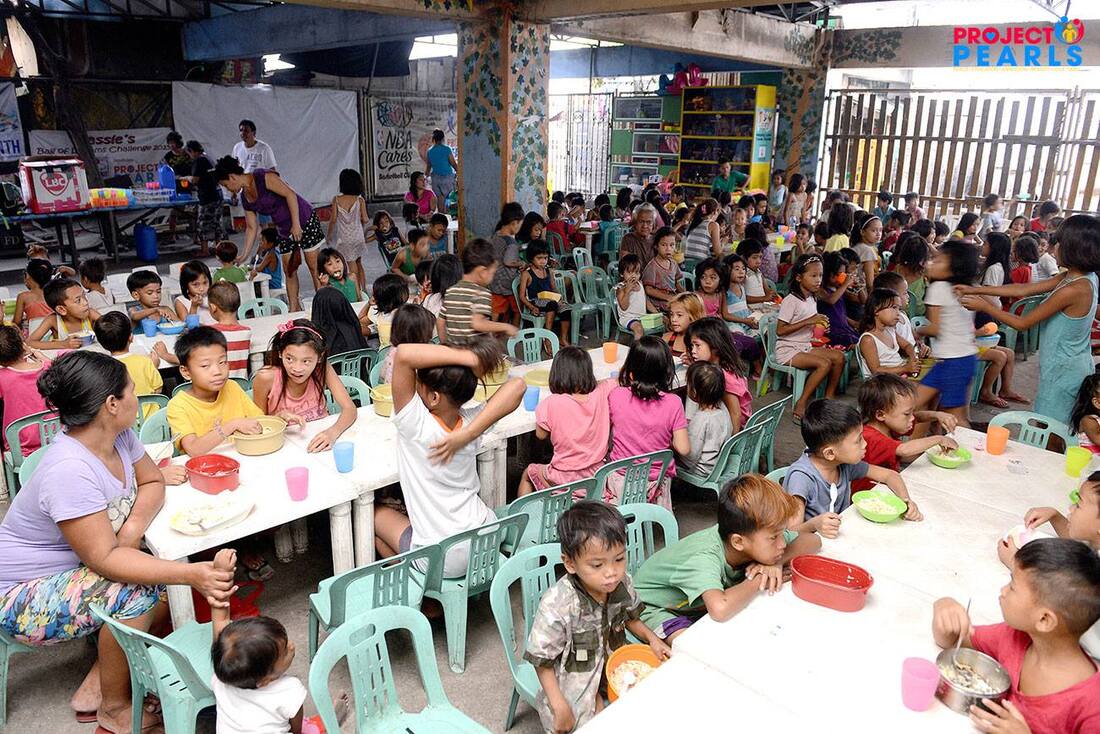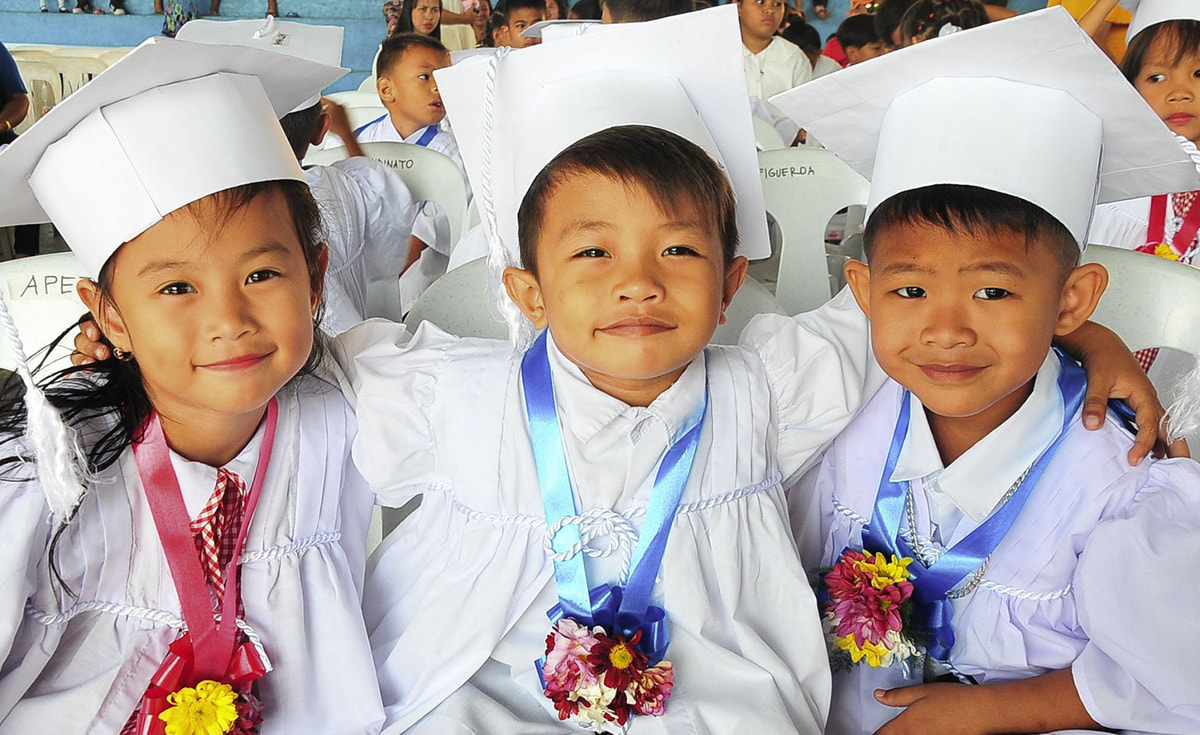By Rudy M. Viernes
The Philippine Terno, the formal and national attire of Filipino women today, is the haute couture of national dresses. It is absolutely one of the world's most distinct and recognizable traditional attire that can ONLY be attributed to the Philippines. It has been called a masterpiece and a national treasure.
Terno, from the Spanish word "to match” refers to a matching set of clothes made of the same fabric. The modern terno alludes to the matching of a "baro't saya", (literally "blouse and skirt") worn by Filipino women which evolved in design during the Spanish colonial era. Today, the terno is joined at the waist to form a one-piece creation, with both bodice and skirt made of the same material.
A terno is a long, elegant dress with a signature "butterfly" sleeves set upright and flat against the woman's smooth shoulders, collar lines, neck and of course the face. It flaunts a woman's silhouette and its low neckline shows a feminine contour.
The terno formal gown is worn during formal occasions such as state functions and weddings.
In beauty contests, like the Miss Universe or Miss International, the Philippine candidate wears the terno during the "national costume" portion. It gets a "oohs and ahs" from the audience. Philippine beauty candidates always land in the upper circle of the contestants not only because of their charm and beauty but also because of their national costume — the Philippine terno.
The terno can be designed in many ways but the butterfly sleeves always remains. The basic style of clothing speaks volumes of the Filipino heritage that spans centuries of multi-colored influences and raw patriotism. The terno is not just a style, it is a legacy.
The terno can be simple or intricate with lots of embroidery, handpainting, styling the hem in different ways, or layering, folding, pleating, etc.
Like the men's Barong Tagalog, the terno achieved international recognition, especially in the 70s and 80s when the Marcoses were in power. Imelda Marcos showed how to wear it during her official state visits around the world. Her buzz was loud and global.
Imelda Marcos was the icon of sartorial glamour and style in the Philippines. She was in a league of her own. She popularized the terno.
Many claim that when Imelda Marcos wore a terno she would never wear it again. This was one reason she had a coterie of Blue Ladies (wives of their cronies who always wear blue) trailed Mrs. Marcos wherever she went. They surrounded her in anticipation of being favored with one of her hand-me-down ternos.
Whatever her critics and detractors think of her and her lavishness, no other Filipina matched Imelda's flawless elegance in a terno.
The terno is the Philippine women's sartorial wardrobe legacy and the country's national haute couture. It is magnificent and something we can all be proud of.
The Philippine Terno, the formal and national attire of Filipino women today, is the haute couture of national dresses. It is absolutely one of the world's most distinct and recognizable traditional attire that can ONLY be attributed to the Philippines. It has been called a masterpiece and a national treasure.
Terno, from the Spanish word "to match” refers to a matching set of clothes made of the same fabric. The modern terno alludes to the matching of a "baro't saya", (literally "blouse and skirt") worn by Filipino women which evolved in design during the Spanish colonial era. Today, the terno is joined at the waist to form a one-piece creation, with both bodice and skirt made of the same material.
A terno is a long, elegant dress with a signature "butterfly" sleeves set upright and flat against the woman's smooth shoulders, collar lines, neck and of course the face. It flaunts a woman's silhouette and its low neckline shows a feminine contour.
The terno formal gown is worn during formal occasions such as state functions and weddings.
In beauty contests, like the Miss Universe or Miss International, the Philippine candidate wears the terno during the "national costume" portion. It gets a "oohs and ahs" from the audience. Philippine beauty candidates always land in the upper circle of the contestants not only because of their charm and beauty but also because of their national costume — the Philippine terno.
The terno can be designed in many ways but the butterfly sleeves always remains. The basic style of clothing speaks volumes of the Filipino heritage that spans centuries of multi-colored influences and raw patriotism. The terno is not just a style, it is a legacy.
The terno can be simple or intricate with lots of embroidery, handpainting, styling the hem in different ways, or layering, folding, pleating, etc.
Like the men's Barong Tagalog, the terno achieved international recognition, especially in the 70s and 80s when the Marcoses were in power. Imelda Marcos showed how to wear it during her official state visits around the world. Her buzz was loud and global.
Imelda Marcos was the icon of sartorial glamour and style in the Philippines. She was in a league of her own. She popularized the terno.
Many claim that when Imelda Marcos wore a terno she would never wear it again. This was one reason she had a coterie of Blue Ladies (wives of their cronies who always wear blue) trailed Mrs. Marcos wherever she went. They surrounded her in anticipation of being favored with one of her hand-me-down ternos.
Whatever her critics and detractors think of her and her lavishness, no other Filipina matched Imelda's flawless elegance in a terno.
The terno is the Philippine women's sartorial wardrobe legacy and the country's national haute couture. It is magnificent and something we can all be proud of.
